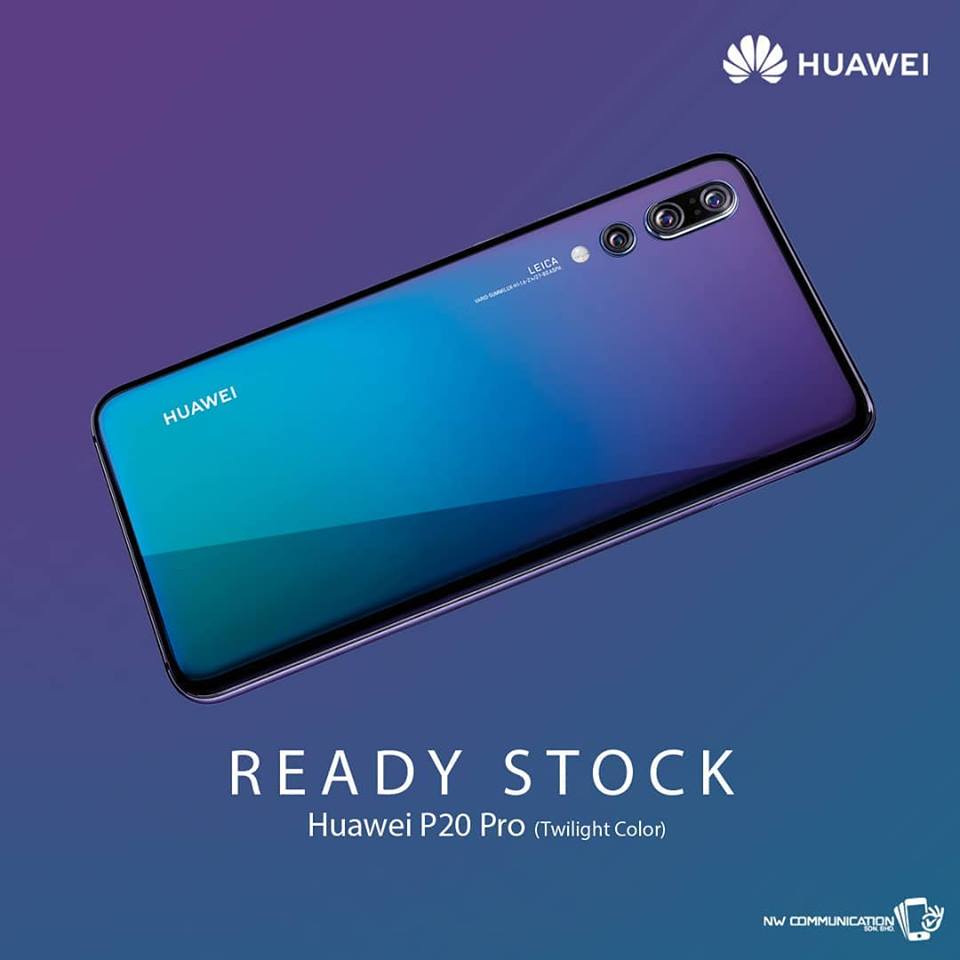You can force Chrome to let you pinch to zoom in and out of a website, even if the mobile version of a site has disabled this feature.
When smartphones were introduced, one of the selling points was the ability to browse a full website in the palm of your hand. In practice though, this was actually more troublesome than it was beneficial. So website developers started to design mobile versions of their sites, and this made things much better to use. Not only did the websites load faster, but they text and images were also easier to see.
Incidentally, this transition to mobile websites removed the ability to pinch to zoom on said website (most of the time). This generally hasn’t been an issue, but there are some cases when it can still be beneficial to pinch to zoom into a mobile website. Until now, there hasn’t been a way to circumvent this, other than telling Chrome to load the desktop version, but there’s an Accessibility option that brings the feature back.
Forcing Pinch to Zoom in Chrome
- Launch the Chrome application
- Visit a website that has a mobile version
- Tap on the 3-Dot menu icon at the top right
- Tap on the Settings option
- Tap on the Accessibility option
- Then enable the Force Enable Zoom option
- Press the back button twice to go back to the website
- And then test out the pinch to zoom feature
Explanation
So, now that you know why the pinch to zoom feature has been removed from mobile websites, it makes you wonder why Google added the feature into Chrome. Don’t get me wrong, I’m glad they put the feature in Chrome, I’m just not sure why they did. It is in the Accessibility section though, so it likely has to do with people who have trouble seeing the text on their screen. And that makes sense as even the 200% text scaling slider might not help everyone.
So to start, you’ll want to launch the Chrome application and then head to a website where you want to test out this new feature. Once you get to the page, you can then tap on the 3-Dot menu icon at the top right of the app (right next to the Address Bar). This will bring reveal a drop down menu, and you’ll want to look for and then tap on the Settings option (you may have to scroll down the menu if you don’t see it).

From here, you should look in the Advanced section of the settings, and tap on the Accessibility option. This will bring you to a page where you have two options. The top feature is a slider to manually adjust the text scaling within Chrome (which I covered previously) and the second option is the one we’re looking for. It’s a simple check box next to an option labeled Force Enable Zoom.
So all you have to do is tap on this check box and make sure there is a check in it. Once you see that, tap on the Back button two times and you’ll be taken back to the website you were at. I assume this is the mobile version of the website, since that is the only reason why this feature is useful. So you can go ahead and test out the pinch to zoom feature right on the website you’re at.
You can pinch to zoom both in and out of the website. You’ll notice that you can zoom out further than the website normally allows. You can reset this back to how it was by either manually zooming back in, refreshing the website, or simply going to another page on the website. This should also reset the default zoom level when you visit a new page on the website.




Your 4th paragraph begins with “So, now that you know why the pinch to zoom feature has been removed from mobile websites…”
But there’s nothing within the first 3 paragraphs that actually explains *why* mobile websites have removed pinch to zoom, only a mere statement that it occurs (most of the time). This discontinuity was so stark that I actually found myself unable to continue reading the article – I can only assume anything else that follows is based on a flawed premise (that I possess knowledge of why this happens).
I felt this explained it pretty well. . .
“So website developers started to design mobile versions of their sites, and this made things much better to use. Not only did the websites load faster, but they text and images were also easier to see.
Incidentally, this transition to mobile websites removed the ability to pinch to zoom on said website (most of the time).”
When websites switched over to what is known as a responsive design website, everything is made to fit on the display you’re using it on. As mentioned, this means that websites load faster along with text and images being easier to see.
That was the only reason why pinch to zoom was even put into web browsers (because full desktop versions rendered on screen had tiny text/pictures and you needed to zoom in to see them). Once that is no longer required, the ability to pinch to zoom is no longer needed.
Some sites kept it, but others have let the feature live due to the way they are coded
It sounds like you’re saying that the reason “why the pinch to zoom feature has been removed from mobile websites” (quoted from article) is that “the ability to pinch to zoom is no longer needed” (quoted from your comment).
The article didn’t provide that reason. In fact, the only mention of the removal from what you just quoted begins with the word “incidentally” which indicates that the forthcoming idea is not directly related to or caused by the prior idea, that the two are merely incidental – the *absence* of a causal relationship.
You can nitpick about the words I use, I guess. I never claimed that I was a vocabulary scholar. I mentioned the reason why pinch to zoom was removed from responsive design websites and offered a solution to workaround it. This isn’t meant to be some college essay :p